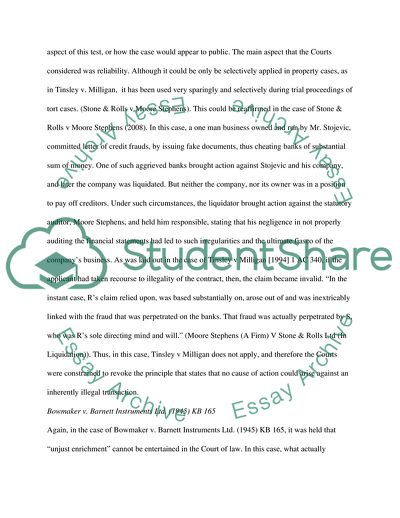Cite this document
(Contentious Issue of Interpretation of Trust Case Study, n.d.)
Contentious Issue of Interpretation of Trust Case Study. https://studentshare.org/law/1719791-trust-law
Contentious Issue of Interpretation of Trust Case Study. https://studentshare.org/law/1719791-trust-law
(Contentious Issue of Interpretation of Trust Case Study)
Contentious Issue of Interpretation of Trust Case Study. https://studentshare.org/law/1719791-trust-law.
Contentious Issue of Interpretation of Trust Case Study. https://studentshare.org/law/1719791-trust-law.
“Contentious Issue of Interpretation of Trust Case Study”. https://studentshare.org/law/1719791-trust-law.


